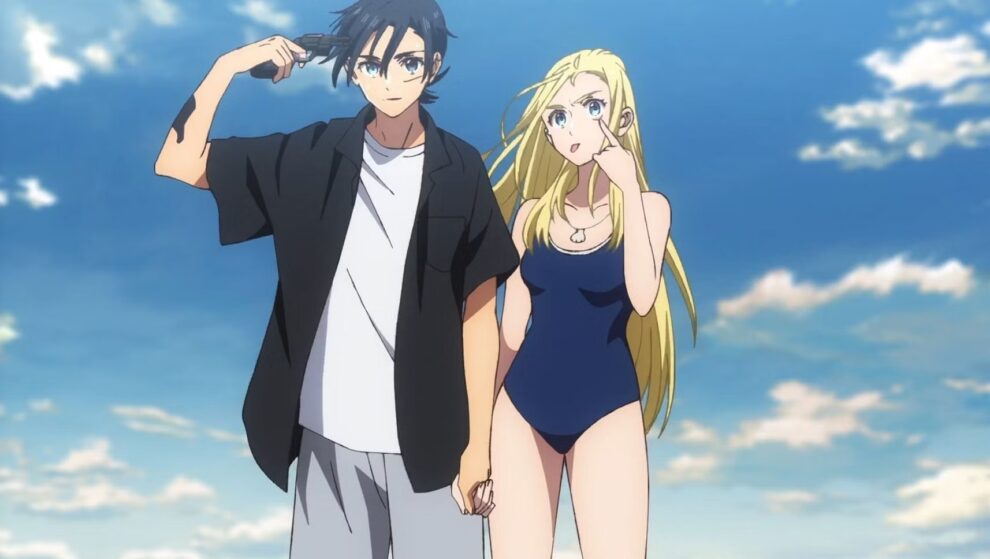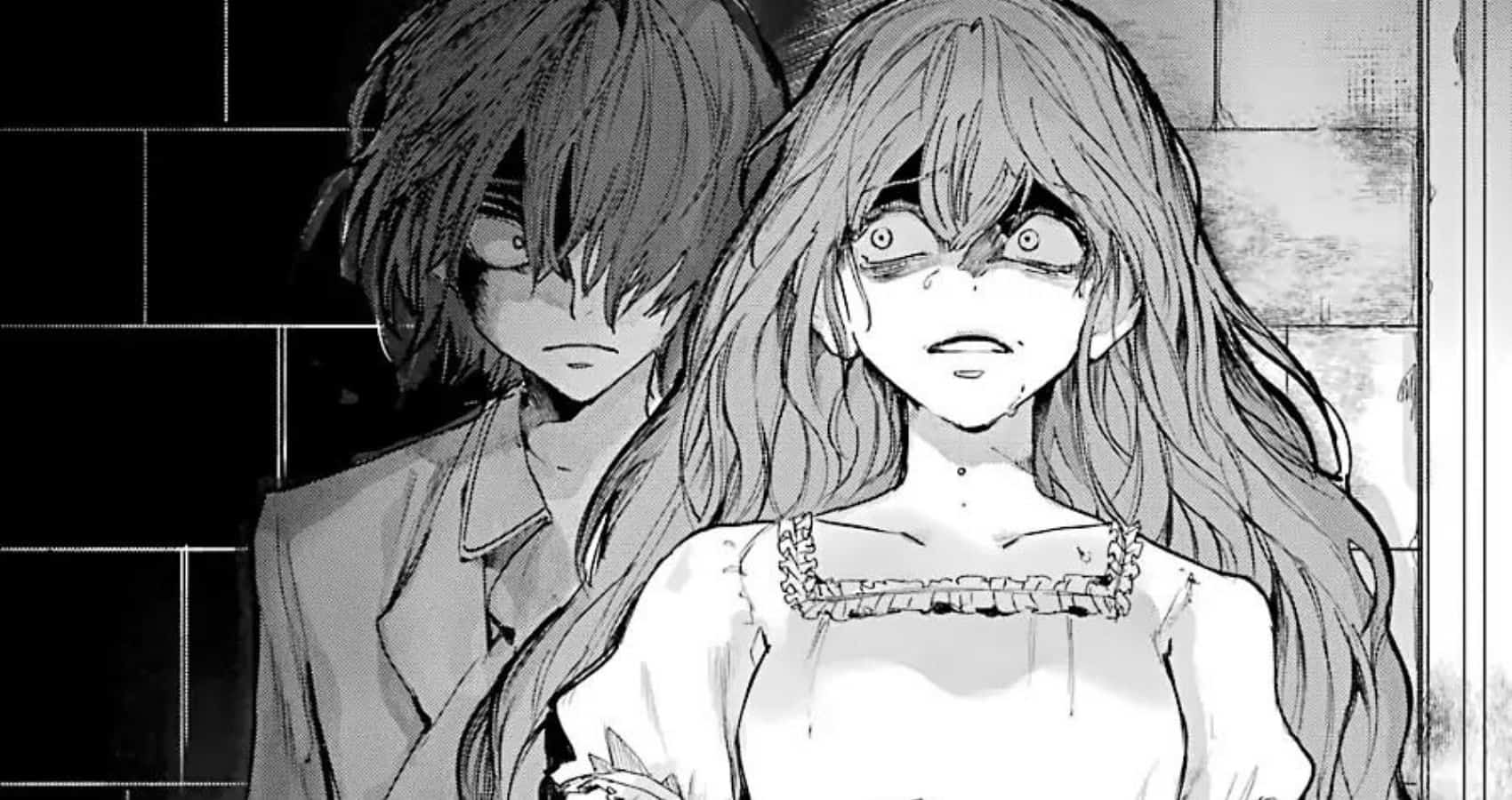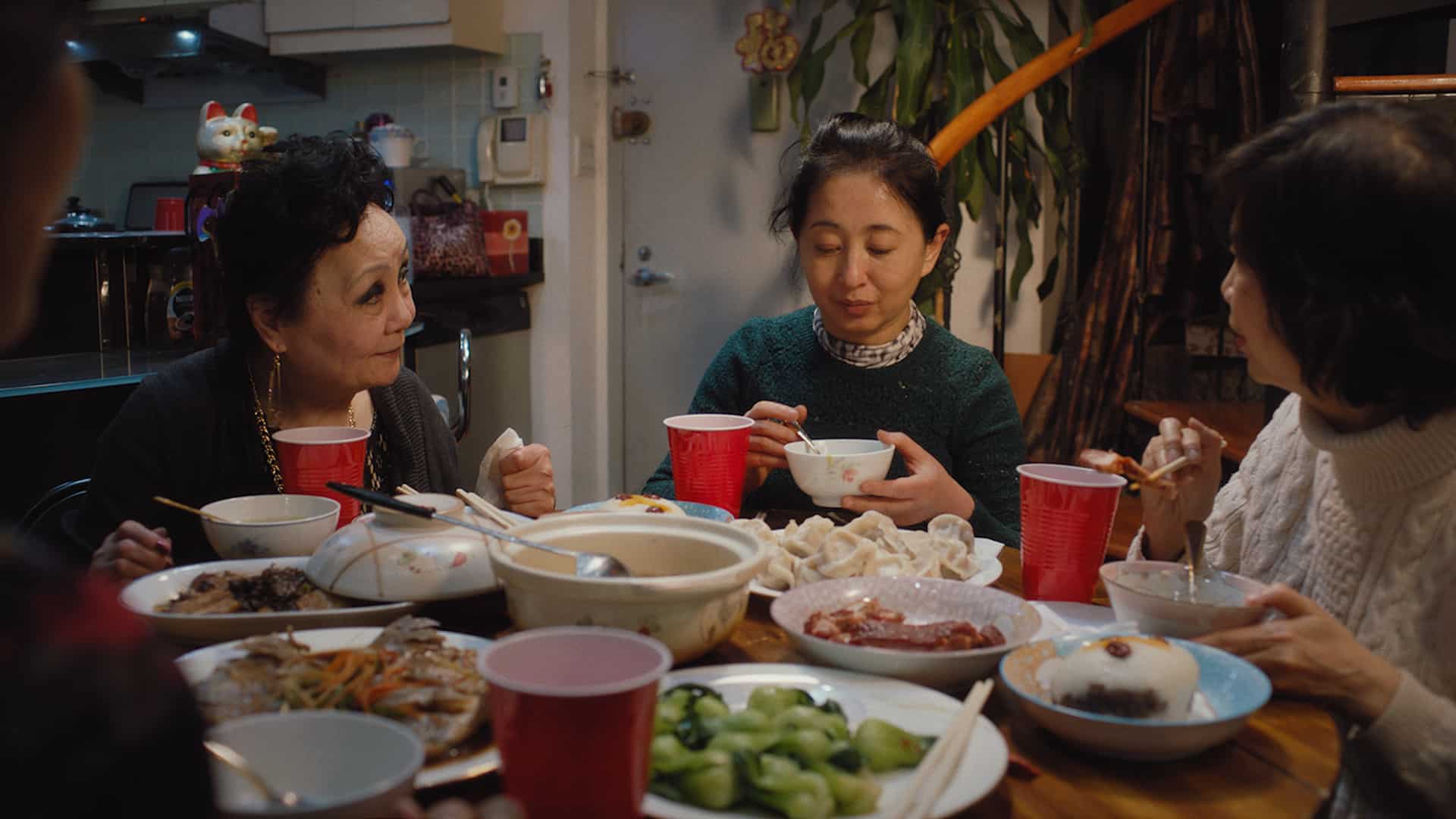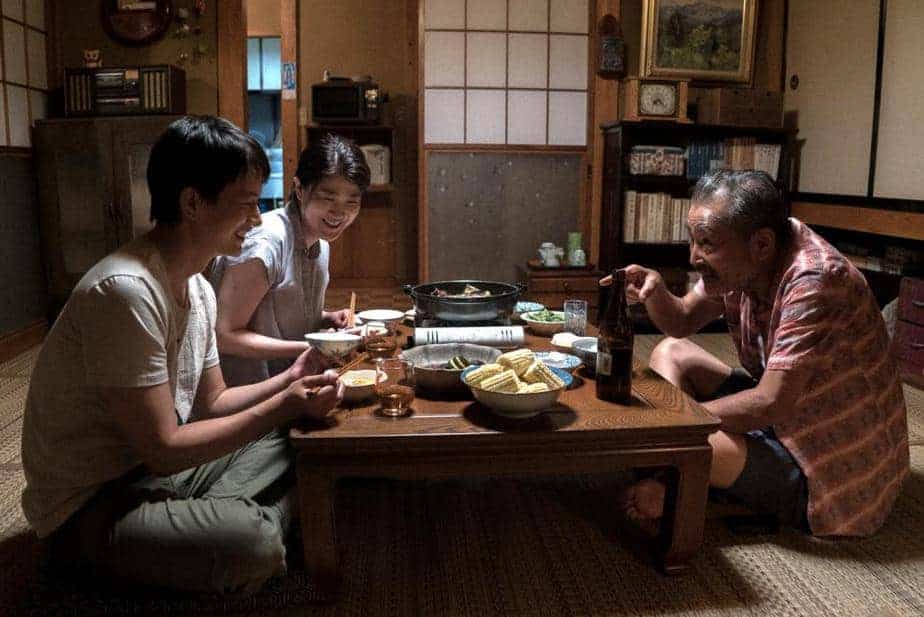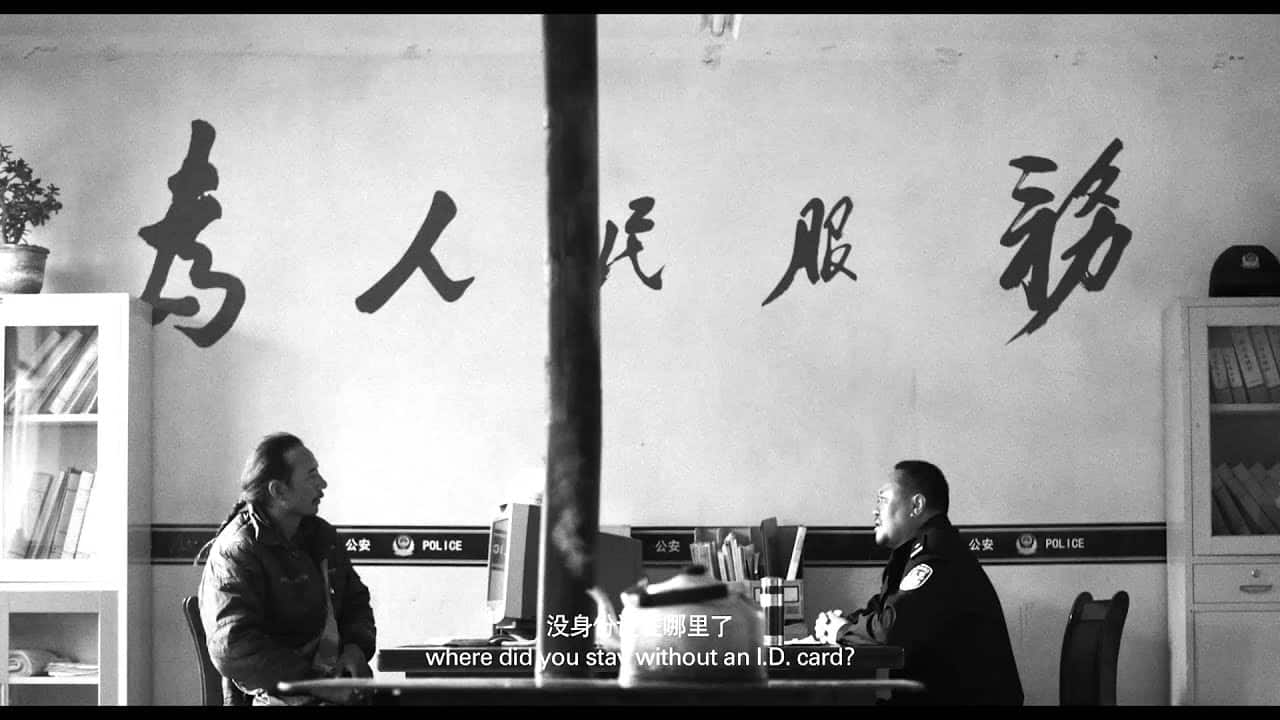Back in 2006, “When they Cry” was considered among the best anime of its time, particularly due the repetition of the same events with slight differences eventually revealing a supernatural time-looping conspiracy a group of kids were trying to prevent by changing their choice of action every time they looped back in the same timeline. Now, “Summer Time Rendering”, an anime based on the homonymous manga series written and illustrated by Yasuki Tanaka, implements the same approach once more, going, though, much further in its script.
Following the death of his parents, Shinpei Ajiro grew up with the Kofune sisters Ushio and Mio before heading to Tokyo to live alone. Two years later, he returns to his hometown of Hitogashima Island, Wakayama Prefecture to attend Ushio's funeral following news of her drowning. Old sentiments, traumas, and the “politics” of the remote locations resurface almost immediately, but things become really complicated when Shinpei, and a number of his and Ushio's friends, find out that there were strangle marks around her neck, which point towards a murder rather than a suicide.
Soon, it is revealed that a conspiracy including mysterious creatures known as shadows has been taking place within the island for years, with a number of locals also being involved. Shinpei, along with his friends and comrades, with the latter including Hizuru, a horror mystery writer who arrives at the island in the same boat with Shinpei, So, his best friend, and Ginziro Nezu, an elderly hunter on the island and ally of Hizuru. Eventually, all of the people involved realize that Shinpei has the ability to loop back each time he dies, in a concept that leads them into trying and changing their actions in order to prevent a massacre that was caused by the shadows in the island. As more and more characters and secrets are revealed, the group also realize that Shinpei cannot be looping back perpetually.
The best aspect of both Ayumu Watanabe's direction and of the whole series essentially is the build up of the story, which becomes more and more intricate with every loop Shinpei undertakes. In that fashion, the series begins as a romantic, coming of age type but soon turns into a crime thriller, before action, horror and the supernatural become integral parts of the narrative, in this genre-bending approach. One would think that the repetition would become annoying after a fashion, but the fact that with each time, more secrets are revealed, more questions surface, new characters and behaviors are introduced, brings in enough change to retain the interest of the viewer. That the initial aspects of romance and coming-of-age are retained adds even more to the contextual richness here, while also allowing Watanabe to explore his characters as thoroughly as possible. Regarding this last aspect, that the shadows can copy, apart from appearances, also thoughts and feelings, adds even more to it, particularly since the creatures have no shame in revealing even the deepest secrets of the originals.
This approach also allows Watanabe to make a number of sociophilosophical comments, mostly revolving around the lack of communication among people, how secluded societies function, and the concepts of identity and time, with the last two being the main sources of the repetitious nature of the narrative. Love, friendship, trauma, the relationship between parents and children, conclude the rather rich context.
As the story progresses, and what is actually happening, as much as the true identity of a number of characters is revealed, the series focuses increasingly on action, with the complicated rules of the loop also adding a (video) game sense to the anime. The first action scenes mostly involve the group fighting different types of shadows, which somewhat shockingly includes creatures that appear as babies or infants, although the majority are more scary-looking in their Moebius type of drawing. The real action, however, begins when Shide becomes a factor, with the all-powerful villain being the source of the most impressive action scenes of the series, with the animation by OLM finding its apogee in them. As time passes, however, and particularly regarding the finale which also includes bombing planes (in probably a reference to the US bombings of Japan), Watanabe loses his sense of measure, with these scenes, despite being visually impressive, being completely disconnected from the rest of the aesthetics, with their extravagance essentially harming the quality of the series. The same applies to the fact that some characters do not seem to die no matter what happens, and not only due to the looping aspect, while the ending comment, which essentially communicates that everyone has their reasons to be bad, does not work well either.
On the other hand, the final episode, which, expectedly, unfolds mostly in calmness, concludes the coming-of-age, romance aspect in a rather satisfying way, with all loose ends tied, while completing the circle that started in the first episode.
Miki Matsumoto's character design follows realistic lines for the most part for the main protagonists, who, despite their number, remain easily recognized due to the difference in their drawing. Shide is probably the most impressive character in terms of visuals, while the shadows' real appearance does become somewhat repetitive after a point, in an overall work, though, that is quite good as a whole. Some fanservice could not be missing of course, with Mio always appearing in her bathing suit (although not a bikini), Mio's pants shown a number of times, and Hizuru's bosom being depicted and commented upon repeatedly, even including the omnipresent bath scene. None of these, however, go overboard, neither in the number of times they become part of the narrative, nor in their depiction, with Watananbe retaining a rather tame approach in that regard. As mentioned before, OLM's animation is also on a very high level, with the realism of the non-action scenes creating a very appealing antithesis with the action movement, with the shootings in particular being excellently animated and directed.
”Summer Time Rendering” has some issues regarding its story, particularly close to the finale, but the overall concept, the plethora of comments, and the quality of the art of the series definitely allow it to move beyond any shortcomings, in one of the best series of the previous year.
.


